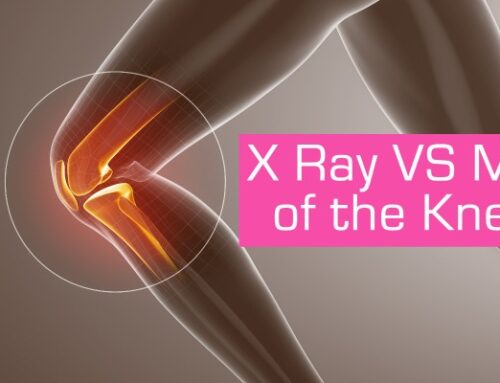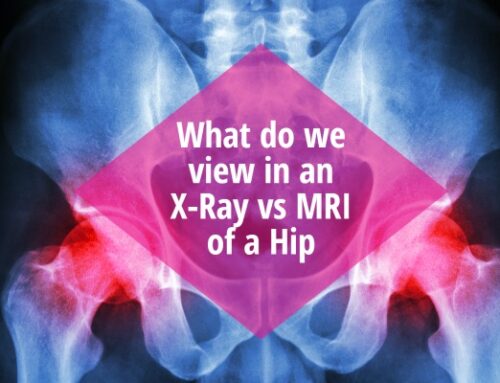The mistake is made when the diagnosis, either by self or varying physicians, makes the decision based on the SYMPTOMS and not on what’s actually happening in the body.
Signs VS Symptoms
Signs are what is ACTUALLY occurring in the body vs Symptoms which are what the body experiences in RESPONSE to the signs.
Sciatica is caused by compression on the sciatic nerve at the spine. It starts with decreased disc space, therefore causing compression to the nerve. The symptoms often include nerve pain and possible shooting down the leg and into the foot.
Piriformis Syndrome is still compression to the sciatic nerve BUT not at the spine, instead it’s at the glutes. The symptoms are typically ALMOST the same!!
Piriformis syndrome is a lot easier to fix, as it’s usually caused by muscular imbalances that can be easily addressed! This has brought hope to clients over and over beauce here they thought they had sciatica and would need surgery but all along the pain was not in their spine but a ‘pain in their butt’, literally!
So how do you tell the difference?
First of all, true sciatica needs to be diagnosed by means of an x-ray, to see if it heirs narrowing if the lumbar spine and then confirmed with an MRI which can show the effects of compression with either a bulging or herniated disc and an exact measurement of how much compression is taking place in the spine. Sometimes it’s “fixable” sometimes it’s not. With physical therapy and treatments I have seen bulging discs be able to decrease and therefore decrease symptoms and manage the muscles. What you can’t fix is a herniation that has already occurred, though you may be able to lessen the symptoms you can’t undo the damage.
Piriformis Syndrome = (usually) too much sitting or sitting for too long. Glute maximus, though a large surface area muscle, the muscle itself is not thick, under that you have a muscle called your piriformis and a very small yet very strong external rotator of the hip. The sciatic nerve sits in 80% of people behind that. (there are reports of the sciatic nerve going through and even in front of that muscle). These two muscles do not offer very much protection between the world and that nerve. Also a reason to never let a massage therapist stick their elbow in there! Symptoms begin to occur with overactive external rotation, either someone’s habit to sit with that foot propped up and under them, or individuals who walk or stand repeatedly with an external rotation at the hip. Muscle tightness can also occur when lateral muscles of the thigh are imbalanced from the medial muscles. This is recognized when the pain goes to the knee.
From experience, one more difference you may be able to find is that nerve pain from sciatica will usually go from the low back to the glute, down the back of the leg and into the foot, sometimes shooting out the toes, whereas PS you’ll have a gap in said nerve pain, it wont go to the foot or will start and stop in the glute or if it does go to the knee it will be a little more lateral discomfort.







Leave A Comment